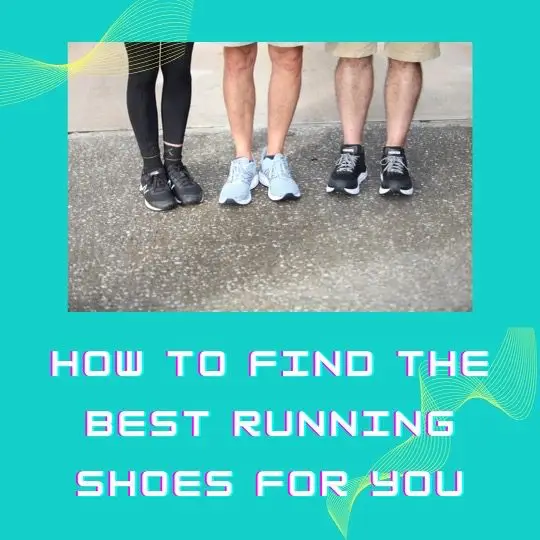
5 Must Knows Before Choosing Your Running Or Walking Shoe
Whether you plan on long brisk walks, casual jogs or competitive running, you need your right shoe. Just because it is a good shoe doesn’t mean that it is your best shoe.
Here are 5 things you must consider in order to get your right shoe:
1) How did the shoe feel when you first put it on? It should feel good from the start. Unlike dress shoes, you don’t want an extended break in period.
2) What is your natural gait? Do you pronate or supinate when you walk or run? To determine this, take a look at the bottom of your running/walking shoe and see what part of your shoe is more worn. While wear and tear on a shoe is quite natural and to be expected, where it is worn gives us a lot of information.
Medial wear on the bottom of your running shoe is an indication of pronation. Overpronation can lead to things like foot, ankle and even hip pain. It is also a common cause of plantar fasciitis. If you pronate, consider a stability shoe or orthotics to help bring your foot back into balance.
If your shoe has even wear, you are lucky! This means you likely have an energy efficient stride and you are transferring the weight as you should. Neutral shoes and stability shoes are good choices. See what feels best to you!
Very few of us have wear on the lateral (outside by pinky toe) portion of the shoe but if you do, you are missing natural shock absorption. In this case consider a cushioning shoe and insoles with deep heel cups to help displace the impact of your movement
3) Running and Walking shoes are not about fashion or brand name. There are many, many good shoe brands out there. Brooks, New Balance, Hoka, Nike, Addidas and Saucony are a few of the many great brands. They all make shoes with different features and the features must be in line with your needs.
4) Know where you plan to run. For example, road running shoes are light and flexible and great for people who will be on gravel, sidewalk street or treadmill. They are light and flexible and cushion the feet as you take stride after stride on that consistent surface. Trail running shoes tend to be stiffer and have better grip for the uneven surfaces. Now if you want one shoe to do many different types of workouts including balance and gym workouts, you may want to think about a cross training shoe.
5) Love can last a lifetime but running and walking shoes do not! A running shoe’s life is about 300 to 500 miles of use. Then it’s time to visit your friendly store and get new ones. Worn out shoes lead to worn out joints ☹ If your shoes are sitting in the closet for a few years, even if they haven’t been worn, you still want to take a visit to your local store and get some new ones.
The bottom line, Get the right shoe for you and take care of your feet. When you do you will not only be protecting your feet but you will be protecting your ankles, hips and back.
Interested In Personalized Training Programs?
